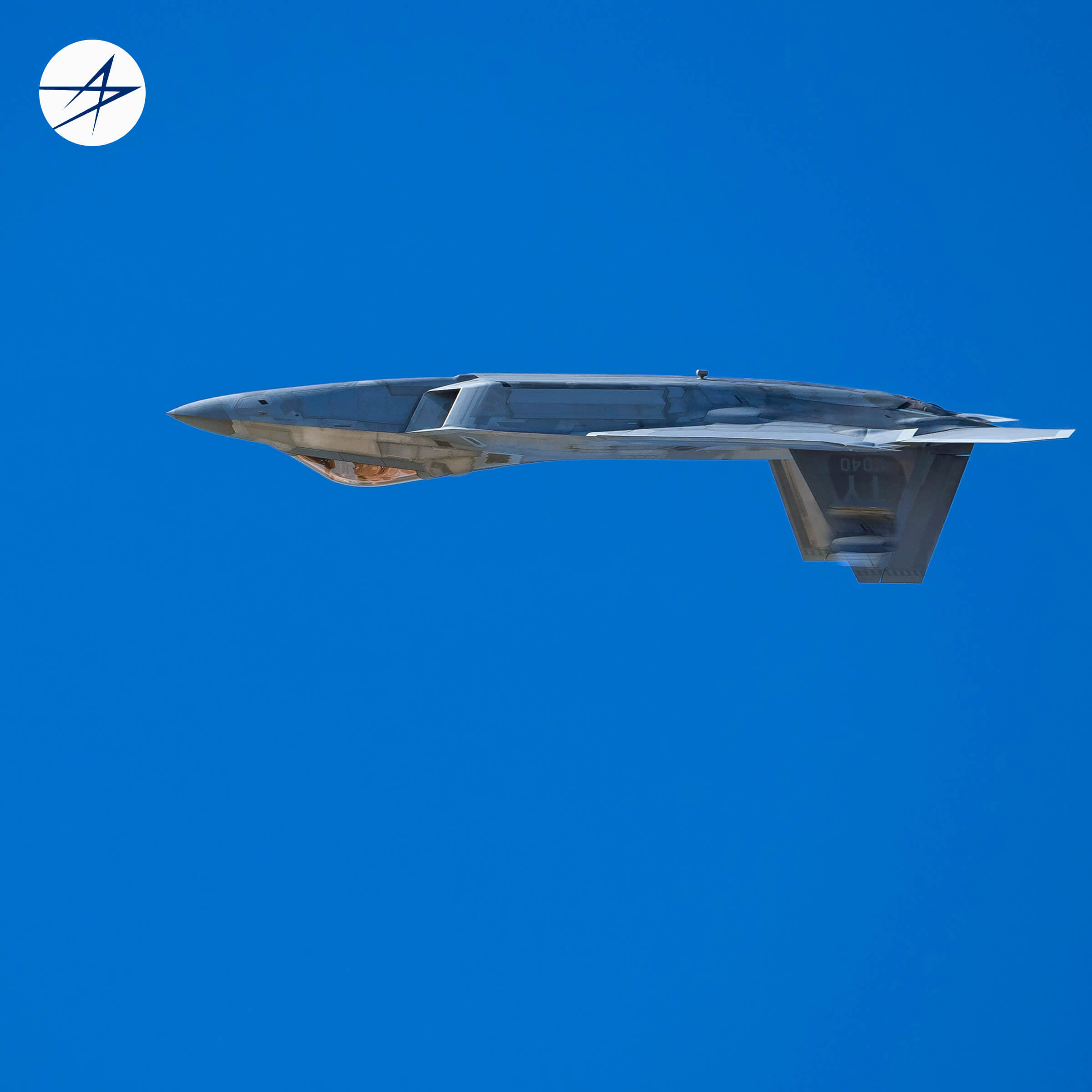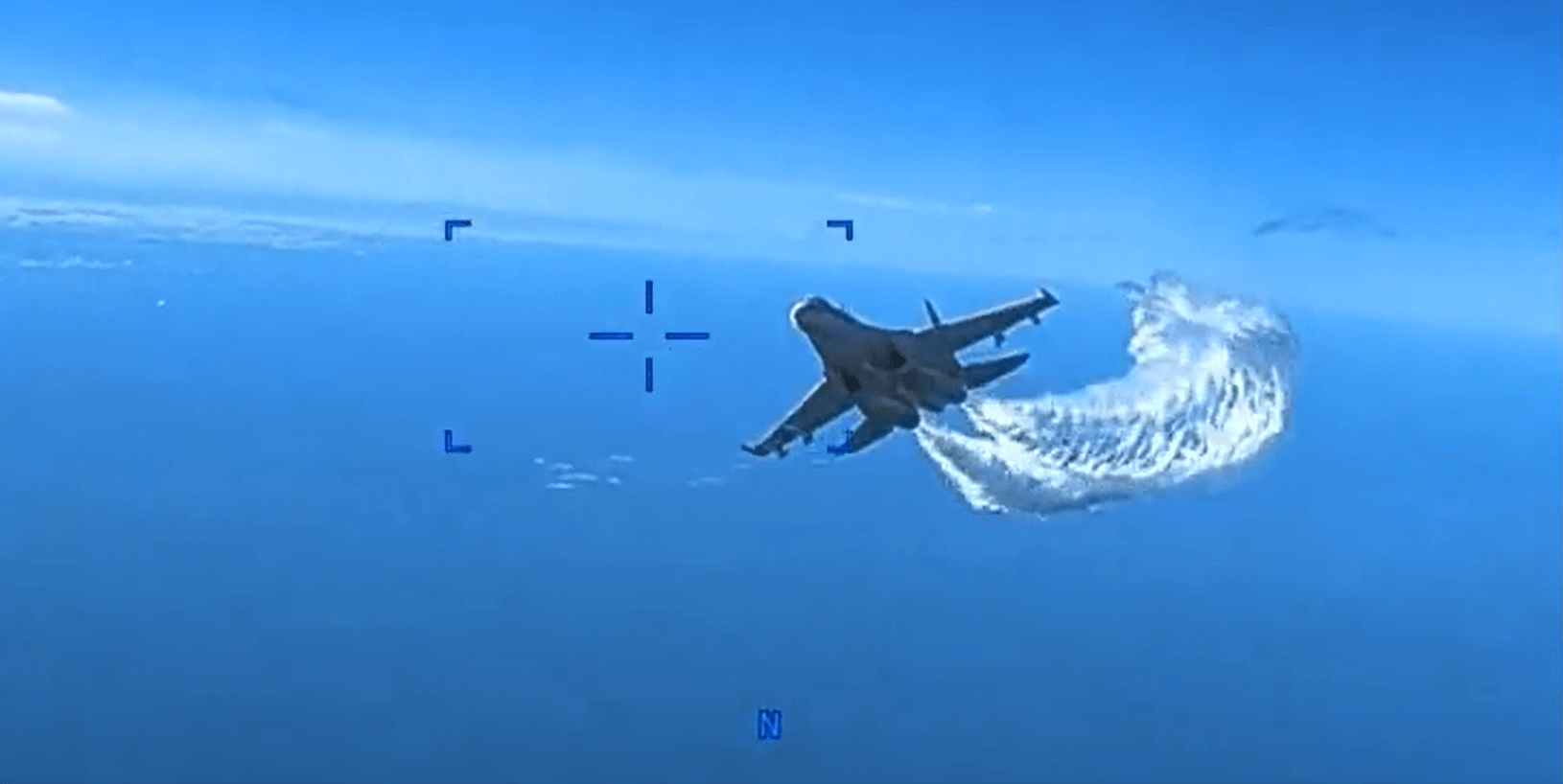US Air Force F-22 Raptors have started training flights in Estonia near the ERR broadcaster reported on Wednesday.
‘Our Biggest Enemy’ – Ukrainian Fighter Pilots Call Russia’s ‘Omnipresent’ Su-35 A Grave Threat Ahead Of Hypersonic-Missile Firing MiG-31
According to the report, 12 fighter jets were transferred from the United States to a Polish airbase for military drills in early April. Three of the fighters arrived at Estonia’s Amari airbase near Tallinn this week. The drills include the practice of quickly responding to threats in cooperation with other countries.
US Ambassador in Estonia George Kent told the broadcaster that the fighters conduct joint flights with pilots from other countries.
“This morning, the pilots flew down to Lithuania, and we’re working with Portuguese and Romanian pilots, and they hope, perhaps tomorrow, to be up in the air with British Typhoons also operating out of Amari.
This is not the first time F-22s have visited Amari. I think the first time was in 2015, and I anticipate they will also be back. And that’s an issue for our two militaries to discuss the timing and purpose,” Kent said.

According to the US Embassy in Estonia, the US has invested over 33 million Euros ($36 million) in infrastructure at the Amari airbase since 2015.
The latest facility built on the premises of the airbase was a fuel storage facility capable of storing some 2,000 cubic meters of fuel. Moreover, the US has built a dormitory housing about 220 service people and an aircraft maintenance hangar.
These projects have helped increase the capacity of the Amari airbase for operations in support of regional security, the embassy said.
Earlier, as EurAsian Times reported, there has been a notable rise in aerial clashes over the Black Sea as Kyiv relied on NATO’s intelligence to challenge the Russian menace.
Even since the invasion, the ‘clashes’ have only intensified. Earlier this week, a Russian fighter came dangerously close to a Polish aircraft over the Black Sea.
Polish border guard spokeswoman Anna Michalska disclosed that a Russian Su-35 jet engaged in “aggressive and dangerous maneuvers,” flying within approximately 15 feet of the Polish plane.

These actions resulted in a momentary loss of control for the Polish aircrew. A series of similar encounters have occurred from the Baltics to Syria, with US pilots, in particular, experiencing several near hits with Russian planes.
The recent incident involving the Polish aircraft aligns with a pattern of actions by Russian pilots in the Black Sea and other regions, which US military officials have classified as “dangerous.”
In March, a Russian Su-27 fighter aircraft sprayed fuel and intentionally struck a US MQ-9 Reaper drone flying over the Black Sea, resulting in its crash.

This incident marked the first documented instance of direct physical contact between the Russian and American aircraft since the commencement of the war in Ukraine.
In 2022, a Russian fighter jet targeted a manned British surveillance aircraft flying over the Black Sea by firing a missile. However, fortunately, the munition malfunctioned, preventing a potentially catastrophic outcome, according to a recently leaked classified US intelligence report.
Information from two US defense officials revealed that the Russian pilot misinterpreted the communication from a radar operator on the ground, mistakenly believing that he had received clearance to fire. However, the missile failed to launch as intended due to a malfunction.
The recent episode resembles a dark chapter from the Cold War era, reminiscent of the incident involving Korean Air Lines Flight 007.
During that time, Soviet fighter jets were urgently deployed to intercept an aircraft they believed was a potential threat, unaware that it was a Boeing 747 passenger jet.
The airliner had unintentionally strayed into Soviet airspace, and upon receiving a partial description of the passenger jet, a Soviet pilot was authorized to engage. Tragically, two air-to-air missiles were launched, resulting in the devastating loss of all 269 individuals on board.
This horrific incident highlights the seriousness of recent encounters over the Black Sea and serves as a reminder of the consequences of misinterpretations and miscalculations in high-stakes zones.
- Contact the author at ashishmichel(at)gmail.com
- Follow EurAsian Times on Google News




